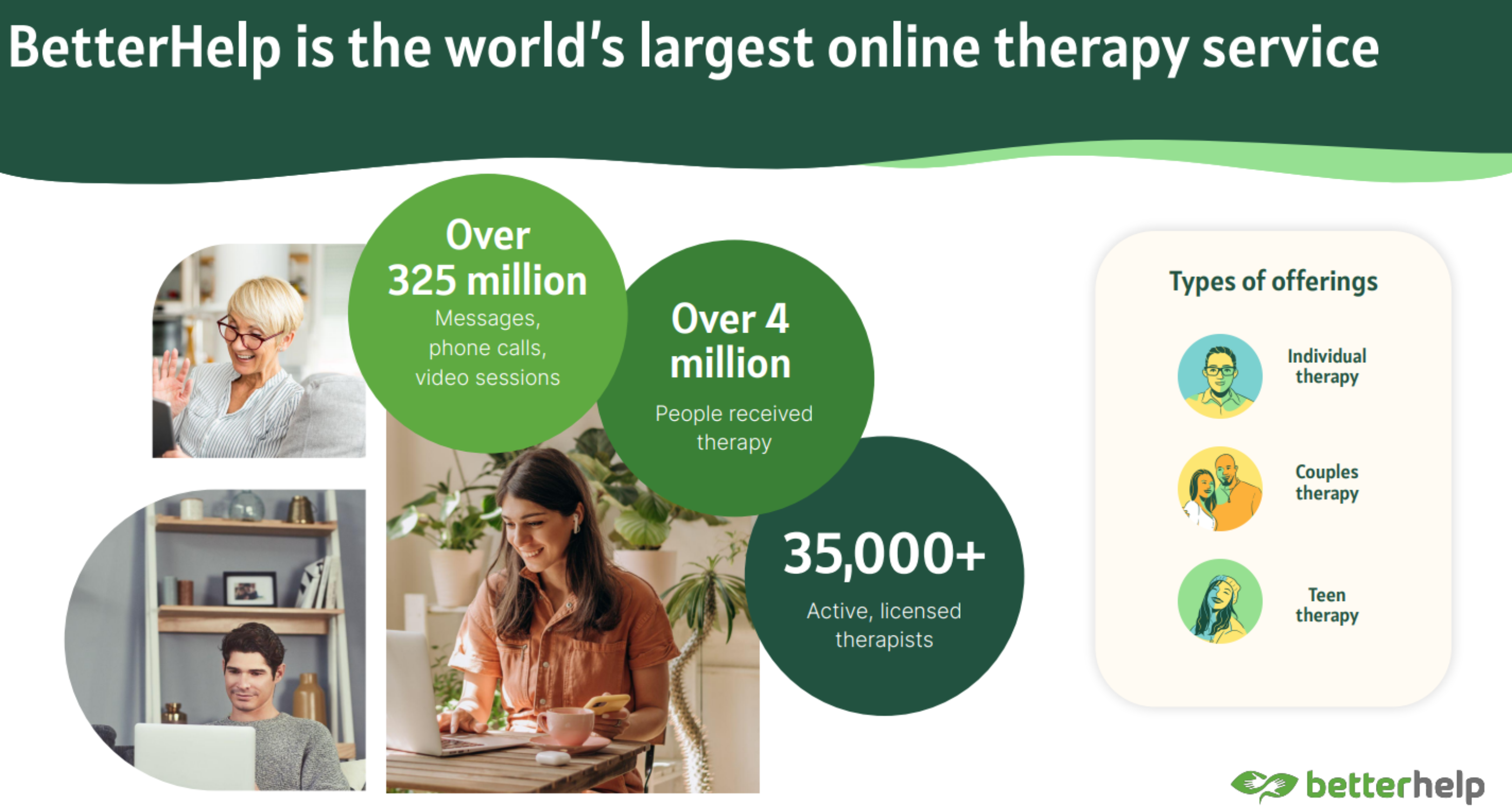The Real Reason You’re Attracted to Narcissists
Do you find yourself repeatedly drawn to charming, charismatic partners who eventually reveal a darker side?
Attracted to Narcissists. People who initially shower you with attention but later seem to drain your energy, diminish your sense of self, and leave you questioning your reality? If this pattern feels painfully familiar, you’re not choosing these relationships by accident—and understanding the deeper psychological mechanisms at work can help you break this cycle.
This attraction often begins with genuine chemistry. The initial intensity many narcissistic individuals offer—deep conversations, passionate connection, the sense that they uniquely understand you—activates powerful neurochemical responses in your brain. This creates what feels like an unparalleled connection. Your body responds with heightened sensations: butterflies, excitement, and a rush of pleasure hormones that can feel addictively good. These intense feelings aren’t imaginary—they’re real physiological responses that can override logical concerns.
But the deeper attraction often lies beneath conscious awareness. If you grew up with inconsistent emotional validation—perhaps with caregivers who were sometimes attuned and sometimes dismissive or critical—the narcissist’s hot-and-cold pattern feels eerily familiar. Your nervous system recognizes this emotional rollercoaster as “normal” or even mistakenly interprets it as love, since it mirrors early attachment experiences. The intermittent reinforcement—unpredictable moments of connection followed by withdrawal—creates a particularly strong bond, similar to how gambling addictions form.

You might also be drawn to narcissistic partners if you developed a caretaking role early in life. If your childhood required managing adults’ emotions, anticipating others’ needs, or making yourself smaller to maintain connection, you developed sophisticated emotional radar and adaptability. Narcissistic individuals unconsciously detect and are drawn to this capacity. They sense you’ll work to understand them, accommodate their needs, and weather their emotional storms—precisely the skills you developed to survive childhood dynamics.
Another layer involves your own discomfort with self-focus. Many people attracted to narcissists have been conditioned to believe that attending to their own needs is selfish or that their value lies in what they provide to others. The narcissist’s self-focus can actually feel relieving in a strange way—it gives you a clear role (supporting them) and temporarily frees you from the discomfort of your own needs and desires, which you may have learned to suppress.
Healing Exercises to Break the Narcissistic Attraction Cycle
Healing Exercise #1: The Attraction Awareness Practice
-
When you feel drawn to someone new, pause and check in with your body.
-
Notice: Are you feeling a familiar excitement that borders on anxiety? Is there an element of uncertainty that feels both thrilling and unsettling?
-
Write down these sensations without judgment. Then ask: “Does this feeling remind me of any early relationship dynamics?”
The Hidden Grief Behind High-Functioning Anxiety
This practice helps distinguish between genuine attraction and the activation of old patterns.
Healing Exercise #2: The Needs Inventory
-
Create a comprehensive list of your emotional, physical, and relational needs.
-
Include everything from basic respect to specific forms of care or connection you value.
-
Review this list daily for a week, simply acknowledging that these needs are valid.
For many people attracted to narcissists, merely recognizing their own needs feels uncomfortable or selfish. This practice helps rebuild the foundation of self-regard necessary for healthier relationship choices.
Healing Exercise #3: The Red Flag Embodiment
-
Identify three “red flags” from past relationships that you tend to overlook or rationalize.
-
For each red flag, create a physical movement that represents standing up for yourself—perhaps placing your hand on your heart, taking a step backward, or extending your arm in a “stop” gesture.
-
Practice these movements daily, connecting each with the specific boundary it represents.
This embodied practice helps your nervous system recognize warning signs before your conscious mind overrides them.
Healing this pattern requires understanding that the intensity you’ve mistaken for love is actually your nervous system’s response to familiar threat patterns.
True connection feels different—calmer, more consistent, sometimes less initially exciting. Many people leaving narcissistic relationships worry they’ll never feel the same passion again, not recognizing that what they’re leaving behind is actually trauma activation, not love.
The Path to Healing and Healthy Relationships
The path forward involves recalibrating your internal relationship barometer. This happens gradually as you practice noticing how different people affect your nervous system. With healthy connections, you’ll likely notice your breathing deepens, your shoulders relax, and you feel expansive rather than contracted. These subtle bodily cues, though less dramatic than the intensity of narcissistic relationships, signal genuine safety and connection.
Building a relationship with yourself is the foundation of this healing. Many who are drawn to narcissists have never fully inhabited their own experience—their attention has been trained outward, focused on managing others’ perceptions and emotions. Practice daily moments of connection with yourself: “What am I feeling right now? What do I need in this moment?” This self-connection builds the internal security that makes narcissistic partners less appealing.
Remember that breaking this pattern isn’t about becoming more guarded or cynical.
It’s about becoming more discerning—learning to distinguish between genuine connection and familiar trauma bonds. As you develop this discernment, you’ll likely find that truly healthy relationships feel both secure and alive, offering a different kind of excitement—the excitement of being authentically seen and valued rather than strategically idealized and devalued.

Keywords: Anxiety, polyvagal theory, gestalt therapy, psychotherapy, parents, parental trauma, somatic experiencing, Licensed therapist near me in Manhattan NYC, Affordable therapy services in New York State, Holistic psychotherapy sessions in NYC, Somatic Experiencing therapy for trauma recovery in New York City, NARM therapy in Brooklyn, Licensed couples therapy in Manhattan, Gestalt therapy near me in NYC, Marriage counseling in Queens NYC, Therapy for anxiety treatment in NYC, Experienced psychotherapist in New York, Licensed psychotherapist near me in NYC, Somatic Experiencing therapy sessions in New York, Trauma therapy and counseling in Manhattan, Gestalt therapy sessions in New York City, Therapy sessions for emotional regulation in New York, Trauma therapy near me in Brooklyn New York, Licensed mental health therapist in Manhattan NYC, Depression therapy in New York, New York City therapist experienced in PTSD treatment
Contact us: Feel and Heal Therapy Office
For companies: Creative Manager
Relationship sabotage – Why You Sabotage Good Relationships Without Realizing It








